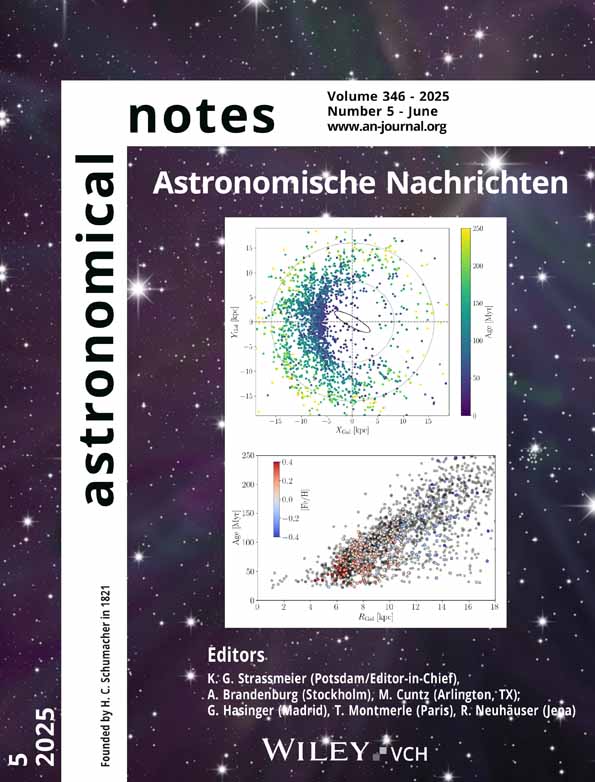Optical spectra of 15 Low Luminosity Compact Sources and the formation of jets
Abstract
We present the results of optical spectroscopy of 15 compact radio sources, selected to be among the lowest luminosity objects and expected to evolve into FR I radio galaxies. The aim of the work is to exploit the emission line characteristics as indicators of the nuclear activity – in terms of accretion properties – during the early stages of the production of jets. The emission line ratios identify most Low Luminosity Compact Sources (LLCSs) as low excitation galaxies, similar to evolved FR I. Also in terms of their optical – radio properties they appear to be indistinguishable from FR I. These findings support the view that jets could be produced by nuclei accreting both at high and low rates (and/or radiatively efficient and inefficient discs). They also argue against the idea that FRI represent a late stage after a powerful FR II phase (© 2009 WILEY-VCH Verlag GmbH & Co. KGaA, Weinheim)




